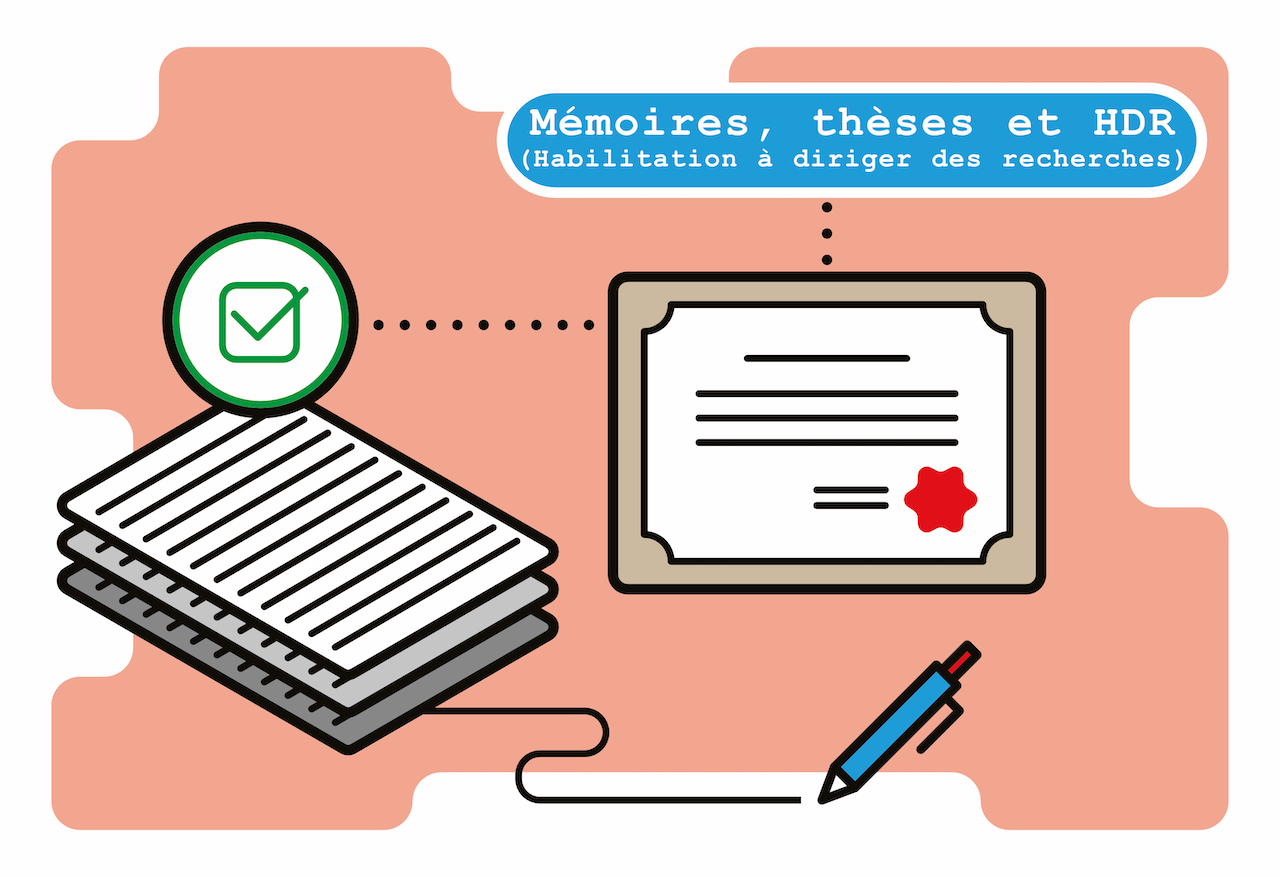Fiche du document
- ISIDORE Id: 10670/1.a0f3cf...
Mots-clés
Electron Microscopy Materials ScienceSujets proches
Catalytic agentsCiter ce document
OA Makgae, « Studies of cobalt Fischer-Tropsch catalysts using electron microscopy », Oxford Research Archive, ID : 10670/1.a0f3cf...
Métriques
Partage / Export
Résumé
The composition of reducing gas in the activation of Co Fischer-Tropsch (FT) catalyst has a direct influence on catalytic performance during FT synthesis. The nature of the reduction conditions of Co3O4 to metallic Co determines the active sites on the final Co FT catalyst, and its subsequent reactivity. Specifically, syngas activated Co FT catalysts have been known to have a higher catalytic performance compared to H2. However, little is known about the Co physicochemical properties as a function of activation gas composition due to the rapid oxidation of Co in air. Electron microscopy (EM) has been used to probe various properties of materials under different environments with a high spatial resolution; thus, providing an understanding of the relationship between the surface structure and chemistry (spectroscopy) of materials on a local scale. Current literature on the studies of the activation of Co FT catalysts using electron microscopy (EM) has focused on the activation of Co FT catalysts in H2, since H2 activation is older and well understood. However, to date, there is limited literature on the activation of Co FT catalysts in syngas or the comparison of the effect of activation gas composition between syngas and H2 using EM. Thus, this thesis expands our understanding of Co activation in Fischer-Tropsch synthesis by comparing, for the first time, catalyst activation under H2 and syngas (H2/CO = 2) using both ex-situ and in-situ high-resolution aberration-corrected analytical electron microscopy to determine the most effective routes for the activation of Co where maximum reduction is achieved. Initially, the atomic structure of the active surfaces for CO and H2 adsorption of a Co3O4 precursor supported on hollow carbon spheres were determined along several projections using focal series exit wavefunction reconstruction. The electron dose per frame in a focal series required to restore the specimen exit wavefunction, where both oxygen and cobalt atomic columns are resolved without visible beam-induced damage, is determined. Subsequently, the active surface terminations of Co3O4 with resolved O, and Co atomic columns are presented and compared to calculated Co3O4 active surfaces for CO and H2 adsorption and dissociation from density functional theory studies. Based on this comparison, the potential reactivity of the various Co3O4 surfaces towards reducing gases (H2 and CO from syngas) is discussed. The Co3O4 precursor was subsequently examined following ex-situ reduction under H2 and syngas at 350°C. The physicochemical properties of the 350 °C ex-situ activated catalysts were investigated using annular dark-field high-resolution scanning transmission electron microscopy, in conjunction with electron energy loss spectroscopy. The high-resolution images and Co-L3,2 and O-K edge fine structure features in the H2 and syngas activated catalysts revealed better reducibility in syngas in contrast to H2 at 350°C. These differences in the physicochemical properties of the Co catalyst activated under H2 and syngas are discussed in relation to the thermodynamics of the reaction between Co3O4 and both reducing gases. The surface re-oxidation of Co in the air compared to the incomplete reduction of the catalyst is addressed, and the effect of increased activation temperature on the catalyst re-oxidation or incomplete reduction is explored. The disadvantage of high-temperature catalyst activation is also discussed. Finally, in-situ activation of Co FT catalysts under H2 and syngas is proposed as a viable option to study the activation process, protected from atmospheric air, at near operando conditions. Both ex-situ and in-situ results indicate that syngas activation is the most effective method to obtain an active metallic Co sinter resistant catalyst at lower temperatures.
